The first project in our Enigma research series, Enigma I, was launched in 2022 with the support of partners including Syngenta, G’s Growers, Pearce Seeds, Blackthorn Arable, Elveden Farms and Inov3PT.
The collaborative R&D project has achieved substantial progress in developing a solution for sustainable wireworm control.
In 2025, we’re inviting new industry partners to join the second phase of Enigma I to steer further applied research for the potato, arable and fresh produce sectors.
Filling the Knowledge Gaps on Effective Wireworm Control
Despite an upward trend in wireworm damage in crops including potatoes, carrots and maize in recent years, very little UK research had been done on the pest since the interwar period.
Dr Larissa Collins, lead scientist on Enigma I and entomology R&D team leader, explains why further research has been needed to investigate changing wireworm damage patterns.
“Growers have reported incidents of wireworm causing huge commercial damage – in some cases more than £100,000 worth of damage per field of salad potatoes,” she says.
Not only has the extent of wireworm damage increased, but damage patterns have also been noted.
“For instance, wireworm damage has been seen earlier in the root crop growing season, making it impossible for growers to minimise the issue by lifting early – a strategy which had previously worked,” Larissa says.
“It was a no brainer to pursue R&D to understand, in greater detail, the wireworm species affecting crops, and their lifecycles, to enable producers to tackle the pest more effectively.”
Working with Industry Partners on Collaborative R&D
Monitoring is pivotal to IPM in any crop system. This was therefore the starting point for this Enigma research, explains Larissa.
“We initially worked with partners across the arable and fresh produce industries to write a proposal for Enigma I which would answer the most pressing questions on sustainable wireworm IPM,” she says.
“Central to this has been an extensive sampling and monitoring process, which several of our partners have been directly involved in – collecting thousands of on-farm samples and sending to our lab for investigation.”
Life history studies on the adult click beetle, which develops from the wireworm larvae, have been conducted over the course of this project.
The insights from these studies have been used to fill gaps in information required for modelling and decision support.
Using DNA Technology to Identify Wireworm Species
Using metabarcoding, our etymology team has produced DNA barcodes for 16 UK and French wireworm species.
“This has enabled us to build a visual key for the main species of concern for UK growers,” Larissa explains.
“We then held a workshop with our project partners to upskill them in identification of click beetles and wireworms, and how to differentiate these from similar insects – so each pest can be accurately managed.”
 With these insights, our scientists have also created a predictive model for growers, taking into account soil type, temperature, geography and moisture to produce a risk assessment of certain land types for wireworm presence.
With these insights, our scientists have also created a predictive model for growers, taking into account soil type, temperature, geography and moisture to produce a risk assessment of certain land types for wireworm presence.
“This model can predict site suitability for certain crops across the UK and inform growers on which areas are at greatest risk from wireworm damage,” says Larissa.
Feedback from Enigma I Project Partners
From its initial outset, Enigma I has evolved to match the needs of project partners.
Larissa explains: “One of the first revelations from Enigma I was the volume of questions we received from our partners about the challenge of wireworm control within regenerative agricultural systems.
“So, we evolved our research to include lab investigation into the effect of different cover crops on wireworm larvae – finding that cover cropping did reduce wireworm damage.”
Agronomist, Adam North, from one of our project partners, Pearce Seeds, confirms that the Enigma I research has helped answer the industry’s pressing questions on wireworm control.
“Fera’s level of scientific expertise has been critical in helping us to come up with more effective wireworm management strategies and minimise commercial risk for farmers,” he says.
“The project has totally re-educated the industry on how we should be managing and controlling this pest.”
The Next Stage of Sustainable Wireworm IPM Research
Working closely with Enigma I partners, Larissa explains that further priorities for applied IPM research have been identified.
“With our initial project, we’ve filled significant gaps in industry knowledge on pest damage patterns and risk factors.
“Next, we want to take this a step further, working on an individual basis with project partners to use the outputs from Enigma I to tailor more effective IPM strategies on-farm.”
The desired outcomes of the next stage of Enigma I research will include:
- Working with each project partner to assess their wireworm risk, dependent on local conditions, soil type, crop and wireworm species present
- Analysing the efficacy of control measures on-farm, including natural control methods e.g. carabid beetles
- Investigating the relationship between cover crop seed mixes that can be funded through the Sustainable Farming Incentive (SFI) and wireworm
- Building a bespoke risk assessment for each project partner, along with a suite of actions and options to reduce wireworm populations.
New Enigma Partners Welcomed
As with our previous Enigma research projects, we’re uniting growers, agronomists and scientists to address critical challenges facing the agri-food sector, and very much welcome other organisations to join this journey.
If you’d like to get involved with the next stage of Enigma I, please get in touch.

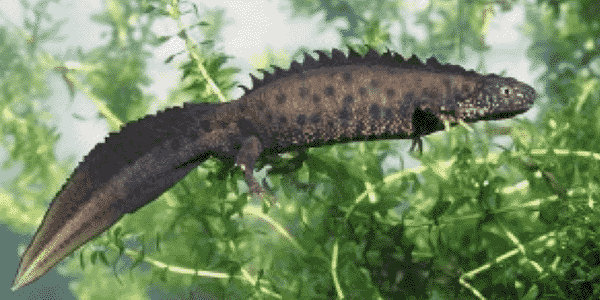

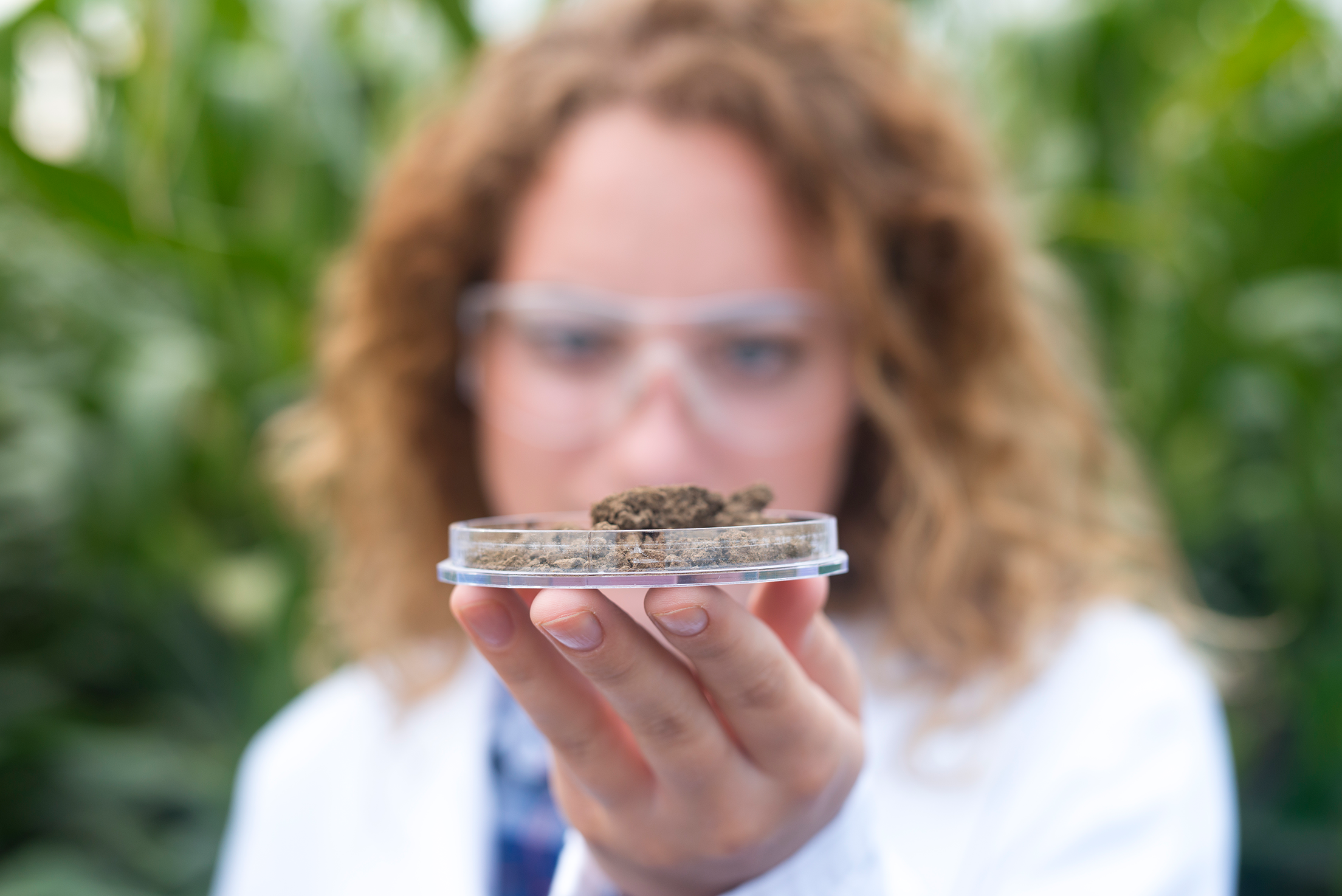
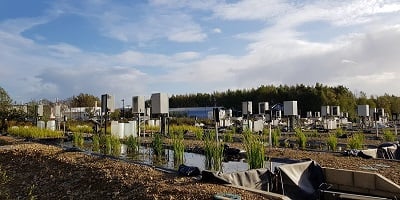
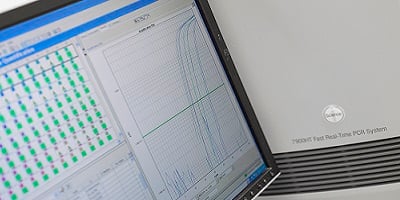
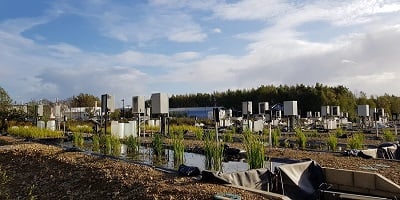
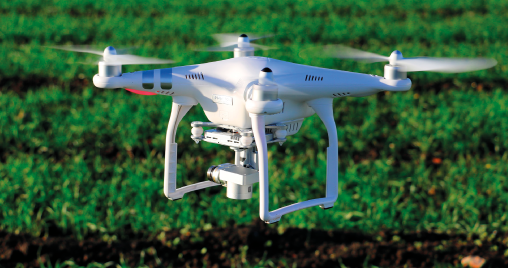
.jpg)
